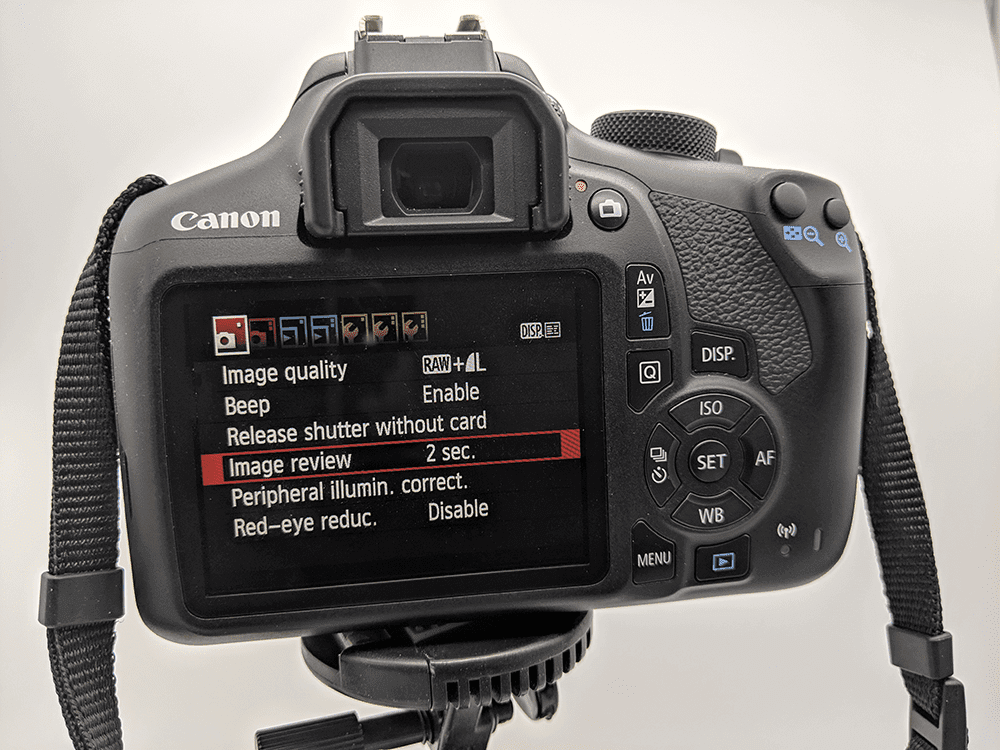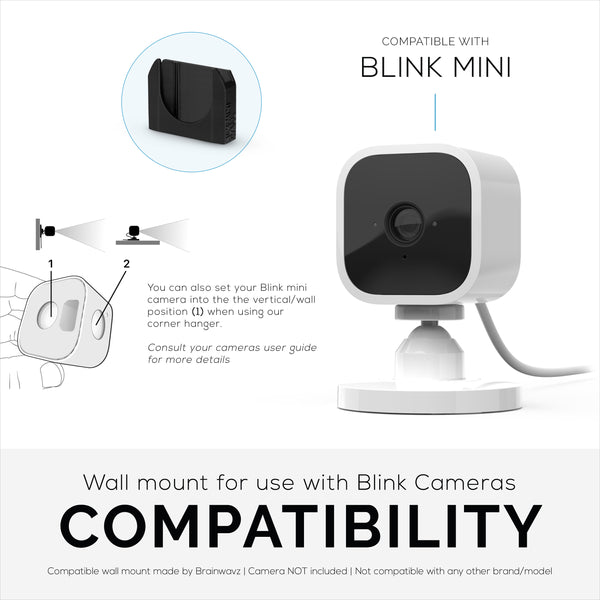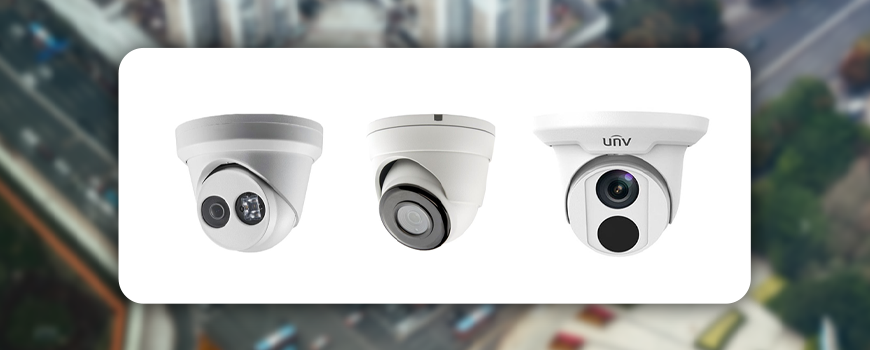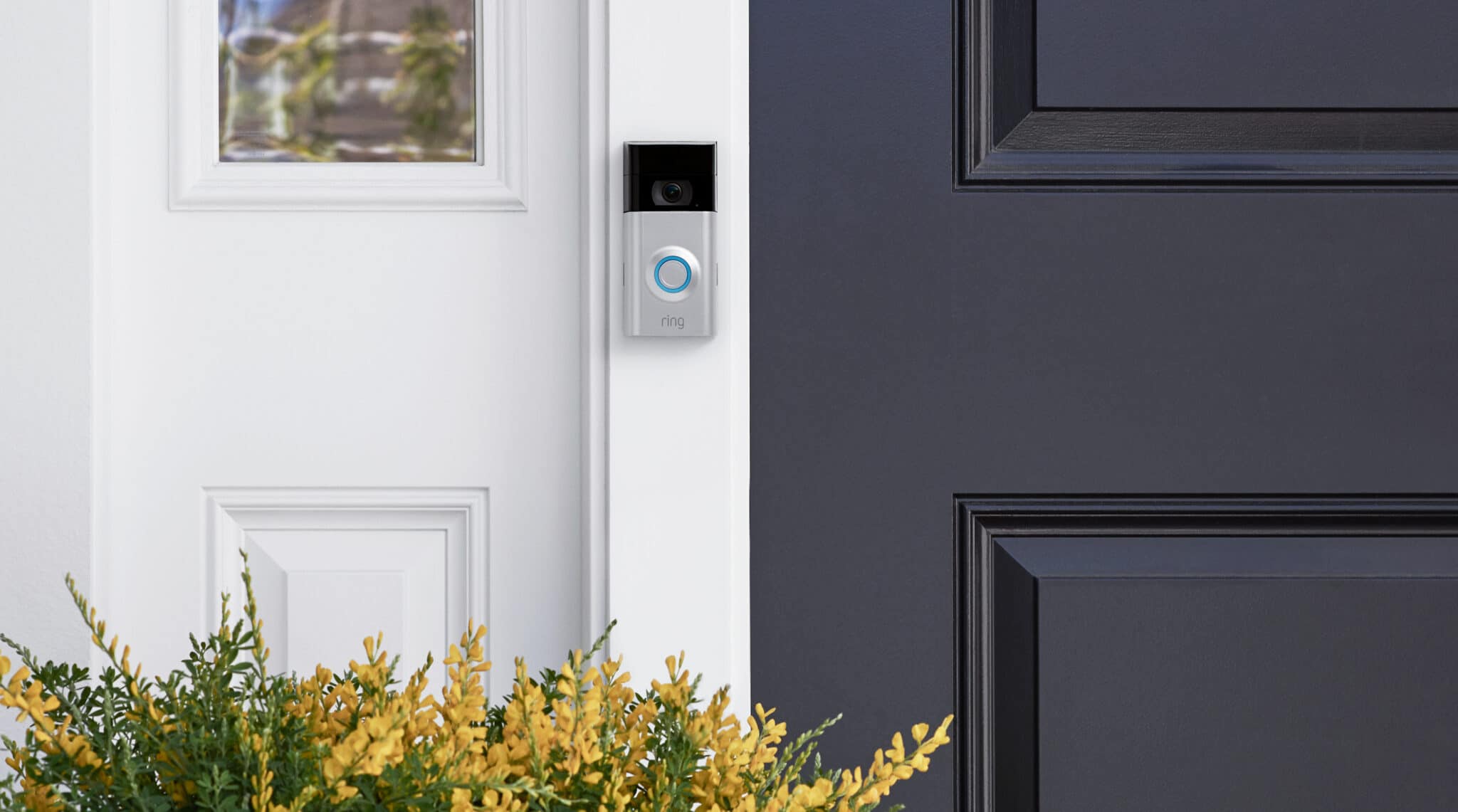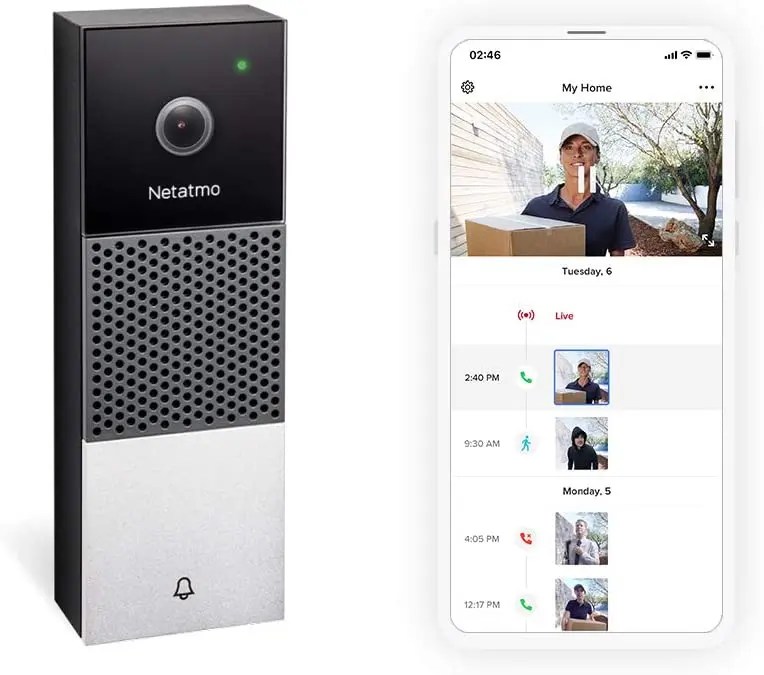As photography enthusiasts, we all know the joy of capturing amazing shots. But oftentimes we encounter hurdles like running out of storage or that long, troublesome process of transferring photos from camera to PC. Wouldn’t it be fantastic if you could directly send those high-quality pictures to your phone? Even better, doing it without any Wifi connection? This article is here to enlighten our fellow photographers to seamlessly link your camera to a mobile phone with zero reliance on Wifi. A substantial increase in productivity awaits you!
First things first – the fear of technical jargon and overwhelming steps is an absolute illusion. In fact, all you need to navigate your way through this is a basic understanding of how your smartphone and camera function. Certainly, both advanced photographers with a robust DSLR or beginners with a simple point-and-shoot camera can easily grasp the know-how presented.
From this comprehensive guide, you’ll learn that the latest wave in the photography world is ditching the WiFi dependency. Indeed, the advancements performed enable making camera-to-phone data transfer without a volley of passwords or network issues. A blend of the right tools and a splash of knowledge can turn your smart phone into a portable, versatile gallery.
So whether you’re on a jungle expedition, or simply capturing the charms of your city without Wifi access, this guide will ensure that your masterpieces are instantly accessible on your phone. With the help of a few clicks, you’ll bid farewell to the old ways of juggling between devices and step towards a future where your camera and phone are interconnected. Let’s journey together on a photographic adventure of a lifetime!
Are you ready for a revolution in the way you manage your photography? If so, continue reading and prepare to be amazed!
Grasping the Significance of Linking Your Photography Device to Your Mobile
As technology evolves, the method of transferring data has also improved. One of these advancements is the capability to link your camera to your mobile phone, especially when no wifi is available. But what makes this feature important?
First and foremost, uploading professional photos taken with a high-quality camera directly to your phone opens vast opportunities for sharing. It’s quicker and simpler to upload images straight from your phone to your social media accounts or email them to friends. Thus, you can instantaneously share your wonderful moments with your loved ones and the rest of the world.
Secondly, connecting your photography device to your phone further aids in the process of image backup. With the increasing reliance on digital storage and the potential for hardware failure in SD cards, this connectivity offers another level of data protection. Your phone can act as an immediate backup storage space, keeping your precious memories safe.
Lastly, transferring the images directly to your mobile device also facilitates immediate editing. Several high-end mobile applications allow fine-tuning pictures to make them more engaging. So with this feature, professional photographers and hobbyists alike can directly edit their images, optimizing their workflow.
- In essence, directly linking your camera to your phone using non-wifi methods is not merely a technical advancement, but also a game-changer in terms of flexibility and convenience.
The Essential Tools for Linking Your Camera to Your Mobile Device without a Wifi Connection
In a digital age defined by convenience, consolidating devices is a popular trend. If you’re looking for a way to connect your camera to your smartphone without a wifi connection, there are a few key devices you will need. This guide will provide a simple overview of the necessary equipment.
1. OTG Adapter
The first and most important device you will need is an OTG (On-The-Go) adapter. This handy tool allows devices like cameras, flash drives, keyboards, and mice to connect to your smartphone. It’s a small accessory that significantly enlarges your phone’s compatibility range.
2. Appropriate cables
In addition to an OTG adapter, you need to have the right cables. These will allow you to create a direct connection between your smartphone and your camera. Remember, the type of cable you need will depend on the specific ports your devices have. Most often, you’ll need a USB cable.
3. Compatible Camera and Smartphone
Not all camera models or smartphones support direct connections. Before proceeding, make sure both your smartphone and camera are compatible with OTG connections. Check the device’s user manual or consult manufacturer-led forums online to confirm.
4. Suffice Battery Life
Connecting your camera to your smartphone can consume significant battery power on both devices. Therefore, ensure that your devices have sufficient battery life before you start. It might also be wise to keep a portable power bank handy, just in case.
Note: Some smartphones also allow wired camera connections without the need for an OTG adapter. In this case, all you would need is a compatible USB cable. However, this feature is less common and is typically associated with more recent, higher-end models.
To conclude, linking your camera to your smartphone without using wifi can be a powerful and convenient feature. Whether you’re uploading your holiday photos to social media or transferring them for safe keeping, this setup can be a time-saver. But remember to check device compatibility and battery life before you start.
Preparing Your Mobile Device for Camera Linkage
For those who are ready to enhance their photography experience by linking their camera device to their smartphone, there are steps that need to be followed, which do not require Wi-Fi. These actions will be crucial in enabling you to control your camera remotely, transfer photos and videos, amongst other features.
Installing Required Apps
Firstly, you will need to install the appropriate app that can facilitate the connection between your mobile device and the camera. Camera manufacturers usually have their individual apps available on both Google Play Store and Apple App Store. Some of these apps include GoPro App (for GoPro cameras), Canon Camera Connect (for Canon cameras), and Sony Imaging Edge (for Sony cameras).
Remember to ensure that your mobile device’s Operating System is compatible with the camera’s app before performing the installation. If it’s not, you might need to update your device.
Turning On Your Camera’s Bluetooth or NFC
Since Wi-Fi is not in use, enabling your camera’s Bluetooth or NFC (Near Field Communication) capability is required. This option is usually found in the camera’s settings menu. Upon enabling this function, ensure your camera is set to pairing mode, ready to connect with your mobile device.
Activating Your Phone’s Bluetooth
In a similar vein, your mobile device’s Bluetooth should also be turned on. To do this, navigate to the device’s settings and locate the appropriate section to switch on the Bluetooth.
Pairing Devices
Finally, go to your smartphone’s Bluetooth settings again and your camera should appear in the list of available devices. Simply select your camera’s name and accept the pairing request on both devices. Thereafter, launch your camera’s respective app and follow any remaining instructions to complete the connection process.
After completing these steps, your smartphone and camera should now be connected, enabling you to explore a whole new level of photography experience.
Process of Linking Your Phone to Your Camera via USB Cord
There are various methods to bridge your camera to your phone for file transfer or remote control. One reliable way, particularly when Wi-Fi is not available, is utilizing a USB cable. Here is a detailed guide on this process.
What You Will Need
Before we start, ensure that you have the following items at your disposal: your camera, a smartphone, and a compatible USB cable. For some cameras and smartphones, you may need an adapter to allow connection via USB.
Connection Steps
First, turn off both the camera and the smartphone. This helps protect your devices from sudden power surges during connection.
Secondly, connect the smaller end of the USB cable to your camera, and the larger end to your smartphone. If an adapter is required, connect it to the smartphone first, then attach the USB cable to the adapter.
Lastly, turn on your devices. The camera should automatically enter USB mode, showing on its screen. On your smartphone, a notification may show up asking for permission to access USB device. Make sure to grant this access.
Troubleshoot
If your devices do not recognize each other, double-check your connections , and ensure your devices are compatible. If problems persist, consult your devices’ user manuals or support forums online.
Conclusion
Linking your phone to your camera through a USB cord is a simple and effective process. With this method, you can easily navigate or transfer files even without internet access. However, always ensure that your devices are compatible and that you have the appropriate connectors and cables.
Benefiting from an On-The-Go (OTG) Adaptor for Direct Connection Between Cameras and Smartphones
With the growing trend of smartphones as primary tools for photography, enthusiasts and professionals are increasingly requiring methods to directly connect their cameras to their mobile devices. One of the most efficient solutions is utilizing an On-The-Go (OTG) adapter. This pocket-friendly accessory facilitates an easy and rapid connection between your camera and your mobile phone, even without the availability of Wi-Fi or any other form of wireless connectivity.
The primary advantage of using an OTG adapter lies in its directness. It bypasses the need for cloud or internet-based storage systems, inviting you into a plug-and-play world. Practically, it means that the moment you connect your camera and smartphone with the adapter, you gain the ability to manipulate your photos on the fly, be it viewing, editing, or sharing.
Sequence of steps for establishing a camera-smartphone connection via OTG
- Firstly, your camera should be adjusted into the correct mode to enable transfer. Usually, this is known as “Mass storage” mode. Determine your camera specifications for precise instructions.
- The OTG adapter is plugged into the smartphone’s charging or connectivity port. Then, a suitable USB cable is used to establish the link between the adapter and the camera.
- Once connected, your mobile device would typically notify you regarding the presence of a USB device. You can then proceed towards accessing and working with your camera files.
Remember, getting the right OTG adapter is crucial, as types vary according to the specification of mobile devices. It’s also equally important to ensure both your camera and phone support OTG functionality. If they do, an OTG adapter is undisputedly a simple and efficient accessory to help you take your photography to the next level, even when there’s no Wi-Fi.
Using Bluetooth to Link Your Photography Device to your Smartphone
When there’s no WiFi around, establishing a connection between your camera and smartphone can be quite a challenge. However, that doesn’t mean it’s impossible. One feasible solution is utilizing Bluetooth technology. This short-range wireless communication technology offers an effective substitute to WiFi, and is straightforward to set up for transferring images or controlling your camera remotely.
Most contemporary cameras from renowned brands – such as Nikon, Canon, and Sony – come with built-in Bluetooth functionality. This feature allows for a hassle-free, direct link to your mobile device without relying on WiFi connectivity. Before proceeding, ensure that your camera’s software is updated to the latest version to ensure seamless compatibility with Bluetooth.
To establish a Bluetooth camera-to-smartphone connection, you’ll first need to pair the two devices. The process may slightly differ across camera manufacturers, but the underlying principle remains the same:
- Make sure both devices’ Bluetooth is turned on.
- On your camera, navigate to Settings > Network Connection > Bluetooth settings.
- Go to Pairing on your camera menu and enable ‘Start Pairing’.
- On your smartphone, select your camera’s network from the available Bluetooth devices.
- Confirm the pairing request on both devices:
Note: this pairing is typically a one-time process. Once it is done, your devices will connect automatically whenever Bluetooth is enabled on both.
With these steps, you have now successfully linked your photography device to your smartphone without WiFi. You can now use your phone as a viewfinder, remotely control your camera, or quickly transfer photos for sharing on social media platforms.
While Bluetooth might not offer the fastest transfer speeds compared to WiFi, its ubiquity and convenience make it a great alternative for situations when WiFi is not accessible.
Solving Prevalent Problems While Linking Camera and Mobile Device
Many people encounter difficulties while attempting to connect their cameras to their smartphones. These issues vary, ranging from connectivity disruptions to software problems. However, there are standard troubleshooting procedures that can resolve the majority of these issues, improving the overall user experience. Here are possible problems and solutions during this linking process:
Issue 1: Invalid or No Connection Detected
This is the most frequent issue encountered when linking a camera to a mobile device. First, ensure that the devices are compatible for a non-Wifi connection, i.e., via Bluetooth or in-built NFC chip. Then, initiate a vigorous scan to connect the devices. If the problem persists, you could restart the devices or update their operating systems to the latest versions. Remember, outdated software can prevent a successful connection.
Issue 2: Unstable Connectivity
Occasionally, the connection may be unstable, leading to erratic functioning. Here, you should move the devices closer to each other to maintain a steady connection. Active interference from other Bluetooth devices may also disrupt their connection. So, turning off nearby Bluetooth devices could improve the connection stability.
Issue 3: Inability to View or Transfer Files
In some cases, users can form a connection but struggle to access or move files. The files might not load, appear corrupted, or fail to move. This could potentially be a file format issue. It’s vital to remember that some devices may not support certain formats. Consider changing the file format to one that is universally accepted, like JPG for images.
The following is a summary table of the common issues and troubleshooting means:
| Problem | Solution |
|---|---|
| Invalid or No Connection Detected | Ensure device compatibility, initiate scan, restart devices, update operating systems |
| Unstable Connectivity | Move devices closer, reduce interference from other Bluetooth devices |
| Inability to View or Transfer Files | Change file format to a more universally accepted one |
Overall, finding the perfect solution for your connection problems could require some time and patience, but with these troubleshooting tips, the process should be more manageable.
Delving into the Advantages of Networking a Digital Camera with a Mobile Without Internet
On many occasions, the convenience of linking your digital camera and your smartphone without the use of the internet can’t be overstated. Here are some positive aspects of this capability.
Availability
First and foremost, the opportunity to interface your digital camera with your mobile device in areas lacking internet availability can be crucial. This can be vital when traveling to remote locations, for outdoor activities such as hiking or camping, or in countries where internet connectivity is unreliable or non-existent.
No need for Wifi can make all the difference when capturing moments in these difficult environments.
Data Charges
Not needing internet means that you don’t have to worry about data charges or buying local SIM cards while traveling. Many users often face issues of exorbitant data charges or restrictions on internet usage when navigating foreign countries.
Speed
A direct connection between your digital camera and mobile device can be significantly faster than uploading the images to a cloud-based service over the internet. This is particularly helpful when dealing with high-resolution images or lengthy video clips.
Security
Finally, data security must also be considered. Transferring files directly from your camera to your phone minimizes the risk of unauthorized access as would be possible when transmitting images over the internet.
In conclusion, there are compelling reasons to explore methods of networking a digital camera with a mobile device without the use of the internet. It reduces dependence on internet availability and data charges, increases the speed of file transfer, and enhances data security by limiting exposure to outside risk.
Helpful Advice for Making a Safe Connection Between Your Camera and Mobile Device
Tying up your camera to your smartphone without a Wi-Fi connection can, at times, be complex. Therefore, it’s crucial to know some practical safety tips to assure a safe and successful connection. Following these can prevent data corruption in your device and ensure a safe transferring of photos or videos.
Consider your Phone’s Compatibility with the Camera
Firstly, give surety that your mobile phone and camera are harmonious. Usually, digital camera manufacturers develop unique applications and software to initiate a secure connection to a smartphone. Ensure you download the appropriate applications that are strongly advised by the camera manufacturers.
Also, ponder on the fact that not all smartphones may support linking. For older mobile phone models, a software update may be needed for this functionality.
Install and Update Necessary Applications
For the safe pairing of your photographic apparatus and mobile device, you need to download the official software or application from the manufacturer. Besides, it’s important to keep the apps updated. Software updates typically contain enhanced features and bug fixes which can prevent potential issues during the connection process.
Use Authentic Accessories
When using a cable to associate your phone and camera, make sure to use legitimate accessories. Dodging the use of counterfeit products can protect both your mobile and camera from potential damages. It also assures a stable, high quality, and secure connection between the two devices.
Follow Proper Connection and Disconnection Procedures
In the process of connecting and disconnecting your phone and camera, be sureful to follow the right procedures. Not doing so can result in data loss or harm your legible media files. Always turn off your devices before connecting and disconnecting, and ensure that all file transfers have been completed.
Check the Physical Conditions of Your Devices
Lastly, make certain to check the physical condition of your phone and camera before connecting them. Any physical damages or liquid penetrations can potentially activate security threats that could snatch your data or damage the device once they are paired.
FAQ: How to connect camera to phone without wifi
How do I connect my camera to my phone safely?
First, download the companion app for your camera on your phone. Then, turn on the Wi-Fi or Bluetooth on both devices and use the app to discover and connect to the camera. Ensure to connect to known and safe networks to avoid potential risks.
Do I need to have a specific app to connect my camera to my mobile device?
Yes, typically most modern cameras come with a dedicated app developed by the brand that allows you to connect and control the device from your phone.
Is it safe to use public WiFi to connect my camera to my phone?
It’s generally discouraged to use public WiFi for such connections. Public networks can have potential security risks. A more secure option would be to use a private, password-protected network.
What precautions can I take to ensure my connection is secure?
Always ensure that your connection is private and password-protected. Regularly update your device’s software and the camera’s app, as updates often address security issues. Avoid downloading files from untrusted sources that may contain harmful malware.
How can I protect my personal data while connecting my camera to my phone?
Besides ensuring a safe connection, always set strong, unique passwords for your devices and apps. Be wary of who has access to your photos and limit sharing options to only those necessary.
Do all digital cameras have the ability to connect to a smartphone?
No, not all digital cameras have this capability. It’s a common feature in newer models, though. Always check the camera’s specifications before purchasing if this is a feature you require.
Can I store my photos directly on my phone from my camera?
Yes, once your camera is connected to your phone, most companion apps allow you to instantly download and store photos on your mobile device.
What are the advantages of connecting my camera to my phone?
Connecting your camera to your phone can offer various benefits like easy sharing and editing of photos, remote control of your camera, live view, and instant backup of images to your phone or cloud storage.
Are there specific safety precautions I need to take while using Wi-Fi to connect my camera to my phone?
Yes, using Wi-Fi to connect your camera to your phone requires specific safety precautions. Always use a secure and private Wi-Fi network while connecting your devices. Public Wi-Fi networks could put your devices at risk. Ensure you are frequently changing your Wi-Fi password, and your camera is protected by a password too. Always disconnect the devices when you’re done with your work. Lastly, make sure the app you’re using is secure and always keep it up-to-date.
